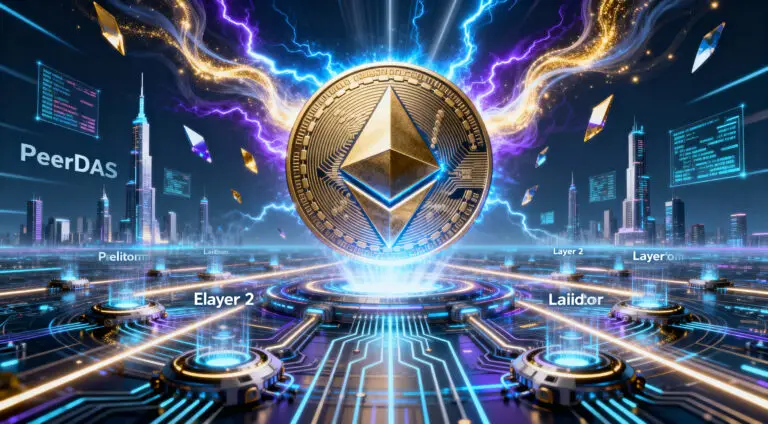Netflix has announced a significant shift in its production strategy, revealing for the first time its use of generative artificial intelligence (AI) for visual effects in an original TV show. The streaming giant’s co-chief executive, Ted Sarandos, confirmed that AI-generated footage was incorporated into “The Eternaut,” an Argentine science fiction series. This adoption of AI is touted as a method to complete sequences faster and at a lower cost, though it comes amidst ongoing controversy within the entertainment industry.
AI’s Role in “The Eternaut” and Cost Efficiency
In “The Eternaut,” generative AI was specifically used to create a scene depicting a building collapsing in Buenos Aires. Sarandos highlighted the dramatic efficiency gains, stating that the AI tools allowed the production team to complete the sequence ten times faster than if they had relied on traditional special effects. Crucially, he noted that the cost of achieving such an effect with conventional methods “wouldn’t have been feasible for a show in that budget.” This demonstrates Netflix’s drive to leverage AI to make advanced visual effects accessible to productions with smaller budgets.
Sarandos expressed satisfaction with the outcome, saying, “That sequence actually is the very first [generative] AI final footage to appear on screen in a Netflix original series or film. So the creators were thrilled with the result.” This successful implementation suggests that Netflix is likely to explore further integration of AI into its production pipeline.
Industry Concerns and Broader Implications
The use of generative AI in entertainment remains a contentious issue. Concerns primarily revolve around intellectual property rights—specifically, whether AI creates content using others’ copyrighted work without consent—and the widespread fear of job displacement for human artists and technicians. These anxieties were a major driving force behind the Hollywood strikes in 2023, where unions like the Screen Actors Guild–American Federation of Television and Radio Artists called for tighter regulation of AI.
The debate intensified in 2024 with the emergence of powerful AI video generation tools like OpenAI’s Sora, which could produce high-quality footage from simple text prompts, causing both awe and significant job security fears. Film mogul Tyler Perry, for instance, halted plans for an $800 million studio expansion over these concerns.
Despite the controversy, industry experts like Davier Yoon, co-founder of Singapore animation studio CraveFX, view Netflix’s move as an inevitable adoption by major studios. Yoon believes generative AI adds to the toolkit available to visual effects artists, enabling smaller studios to achieve “big budget-looking visuals.” He emphasised, “Ultimately, it is the artist who decides what is in the final image, not AI.” This suggests a future where AI acts as a powerful assistant, augmenting human creativity rather than entirely replacing it, particularly in areas like visual effects where audience expectations continue to rise, putting pressure on production costs.















